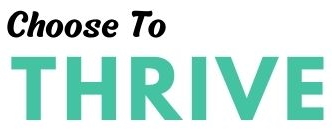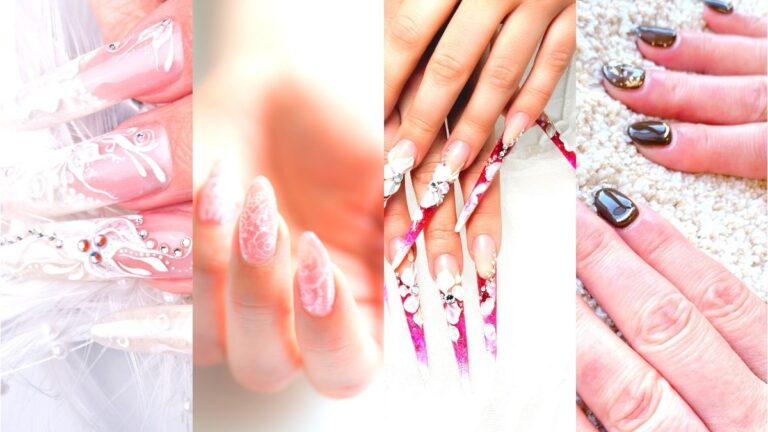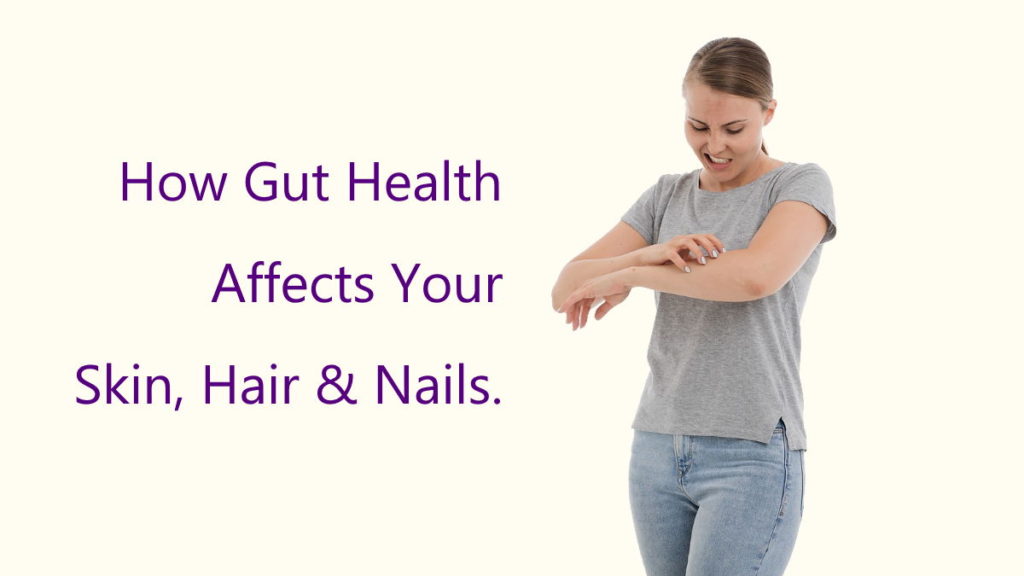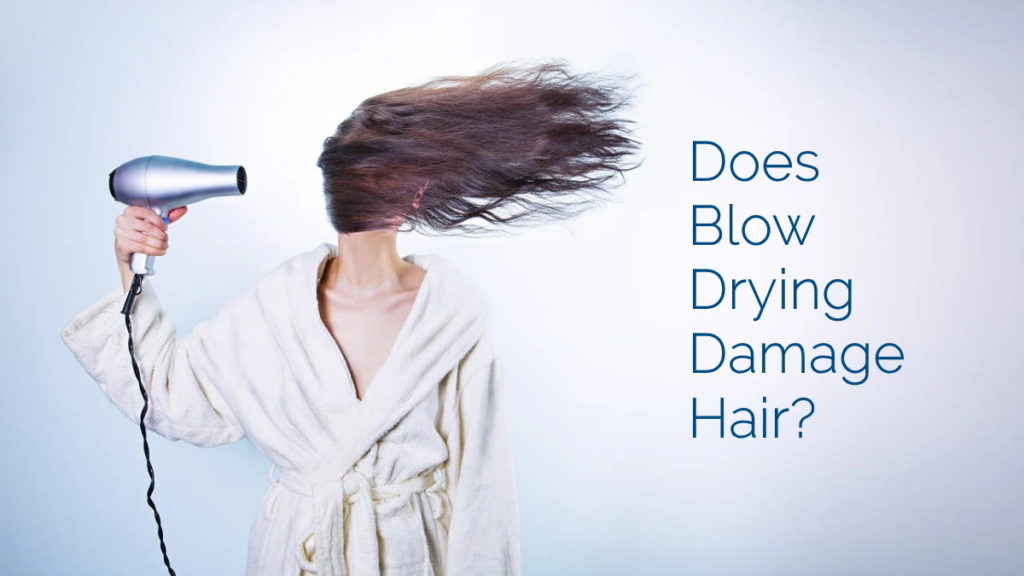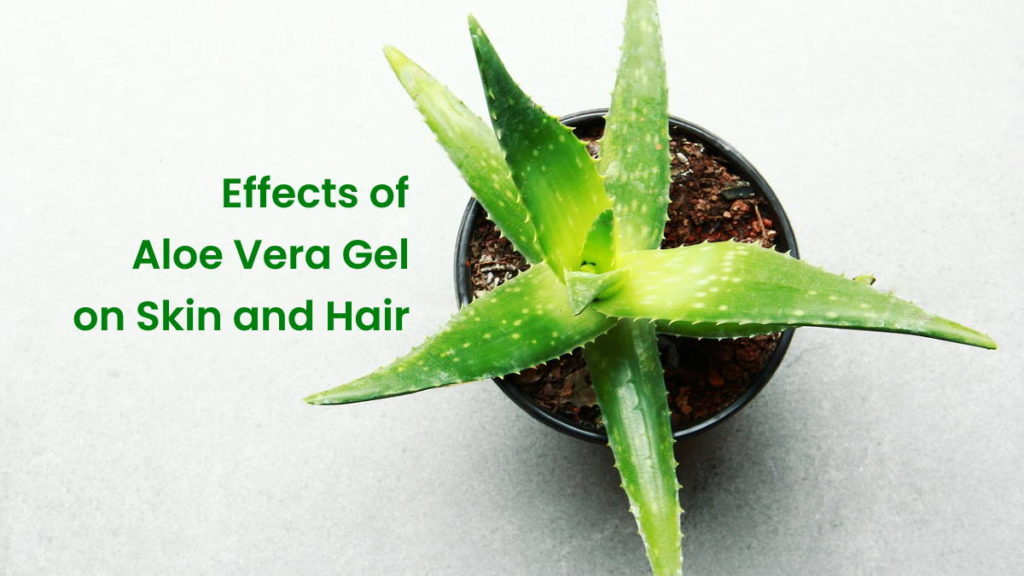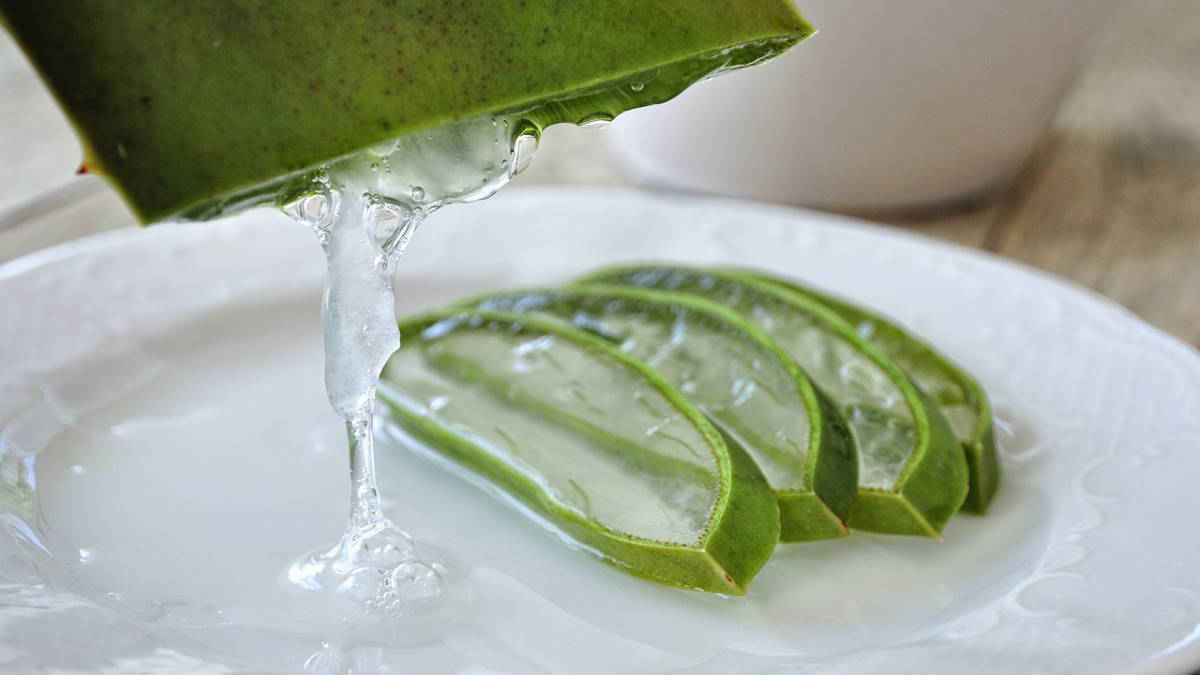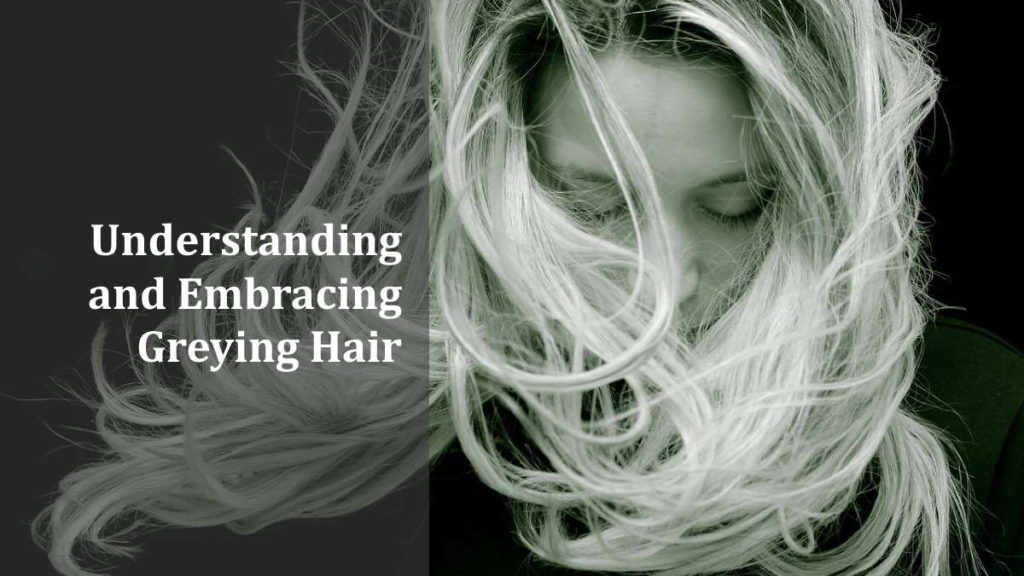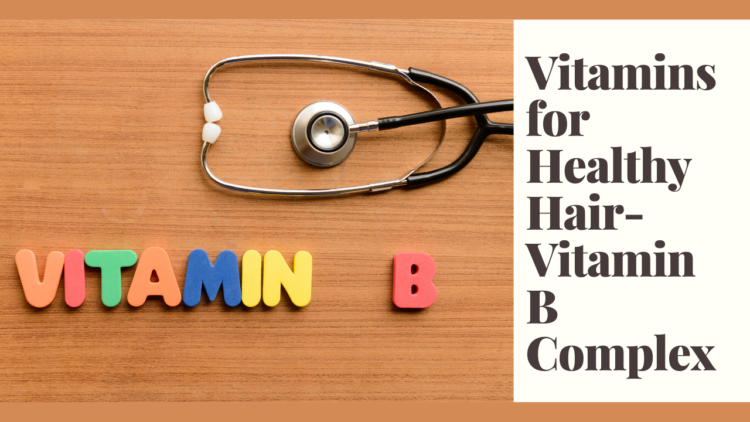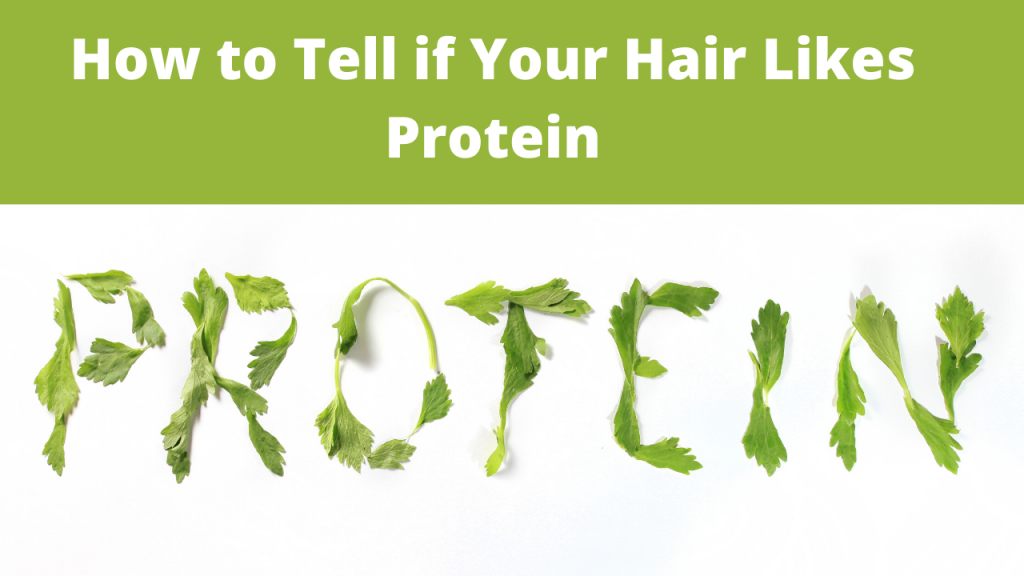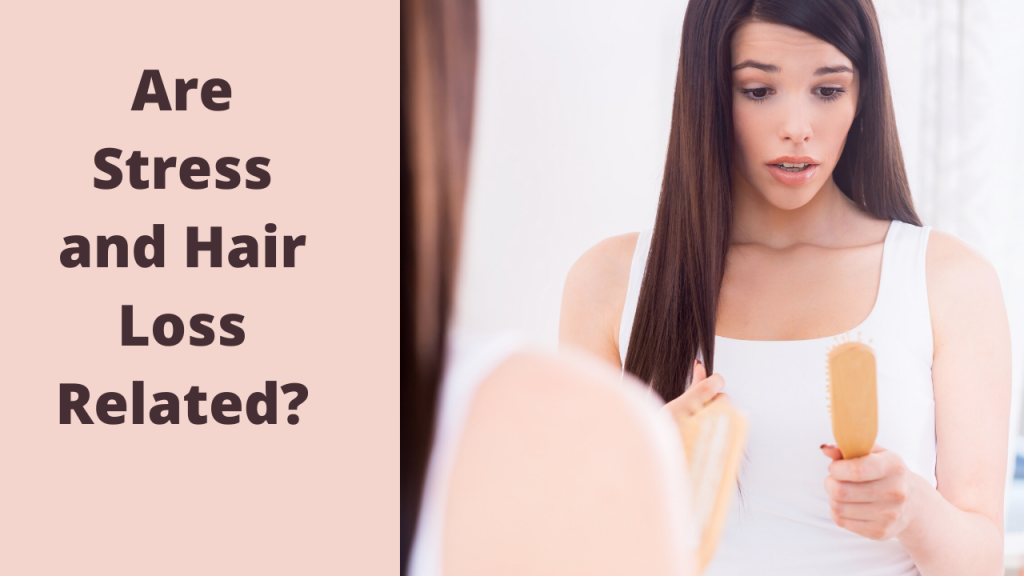To plan a truly memorable wedding, a soon to be bride needs to pay immaculate attention to every small detail. This includes wedding nail ideas that enhance the overall appearance of both the bride and her bridesmaids.
Wedding nail art ideas become simpler to comprehend if you know where you want to go with the theme of your nails.
Once you have a theme locked in, you can then think about the actual nail design.
So today, we have six nail design ideas and themes for weddings that will make your special day unforgettable.
You can match your nail design as per the theme chosen and all of these ideas can be adapted for bridesmaids or special guests as well.
Six Wedding Nail Ideas and Themes
Nails that match your wedding dress
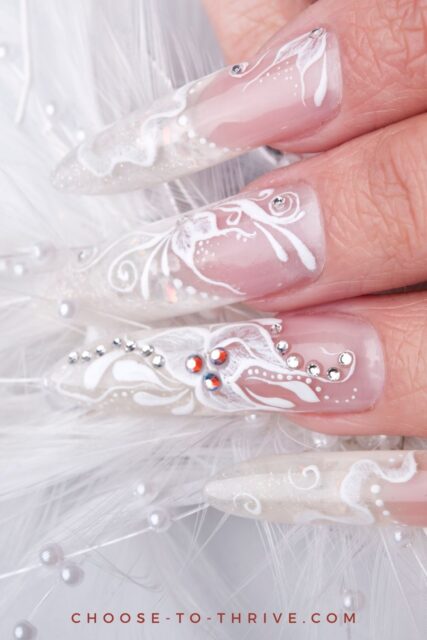
Opting for wedding nail art that match your wedding dress is an elegant, seamless way to standout during your special day.
Your nail art can match the pattern and embroidery of your dress. In most cases, this would be either white, ivory or a pearl nail polish shade.
You could even choose to simply put on transparent nail polish and then use a shade matching your dress to create patterns on your nails.
Using your wedding dress as the theme for your wedding nail art feels both stylish and tasteful. For those wanting to keep things a bit more traditional, this is the way to go.
As far as bridesmaids are concerned, they can match the color and nail art pattern as per their own dresses. That way the bride and bridesmaids have a connection in the design but at the same time the bride’s nail art is exclusive.
Nails that match your personality
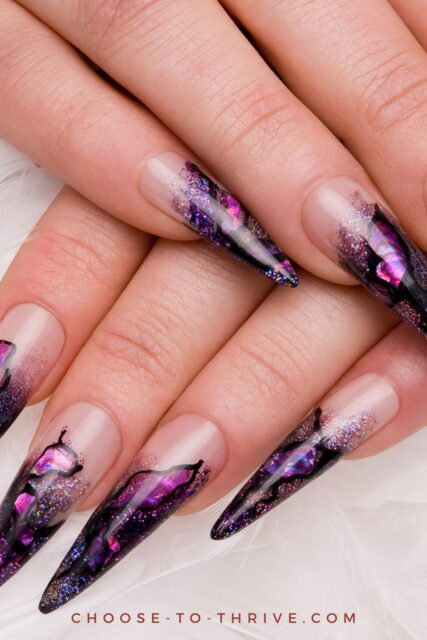
Too many brides are worried about planning the best possible day that they forget their own personality, tastes and preferences.
Of course you need to think of various aspects of the wedding, guests, color scheme etc. However, do not forget it is your big day and it is all about you.
So don’t be afraid to go a bit crazy on your nails. If you have a specific personality trait, let it show. If you like dark colors, go for it. If you like black with purple, by all means use those shades in your wedding nail design.
Matching your nails to your personality can ease a lot of the edginess that brides feel during a wedding. It also adds a bit of color and excitement to the entire day.
Nails that match your wedding color scheme
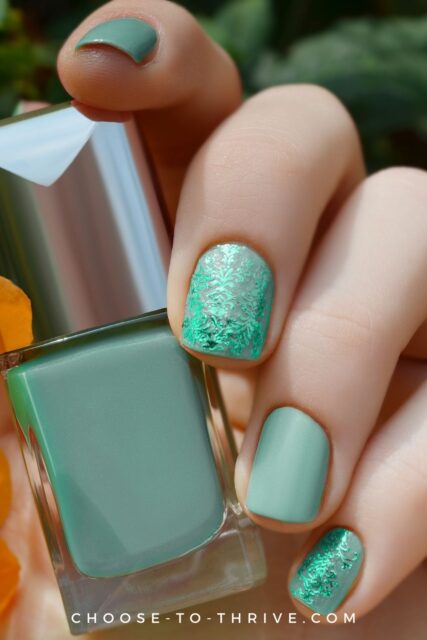
Nail art designs that match the overall color scheme of the wedding is fast becoming a popular choice with brides.
For example, if your wedding has a sage green theme, you can use the same color on your nails. If there is an oceanic theme then you can opt for blue shades.
Matching your wedding nail design with the overall color scheme of the day is a brilliant way to go all in for your favorite color.
Nails that match your skin tone
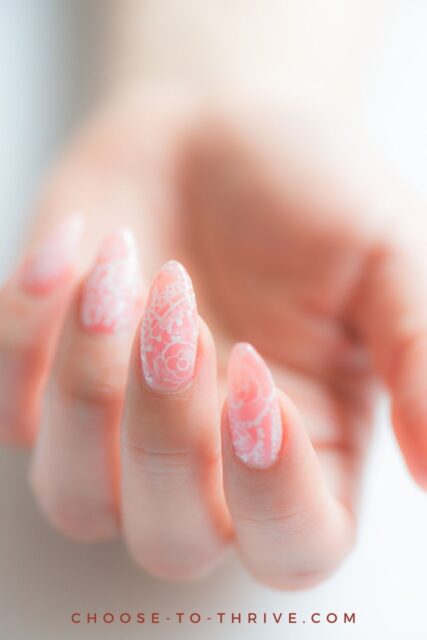
This is another trend that is gaining ground. Similar to the dresses being sold nowadays that are supposed to be a ‘nude’ shade, you can opt for nail design colors that match your skin tone.
Nail designs as per your skin tone do look quite elegant and lets you celebrate yourself in a subtle manner.
You can also opt to use a base shade that matches your skin tone and have a complimentary color for the nail art patterns.
Nails that match your bouquet and flowers
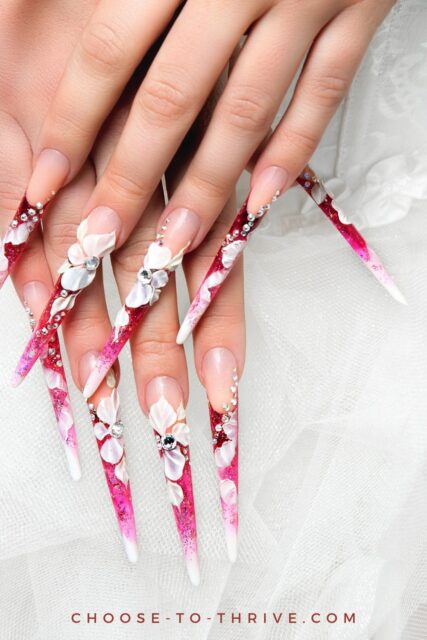
If you want your wedding nail art to be colorful and vivid, you can choose to match the shades with your bouquet.
The flowers in your wedding décor can also be a great inspiration for nail art.
Matching your nail colors with the flowers at the wedding does stand out and gives it a rich vibrant feel.
Nails that match the ambience
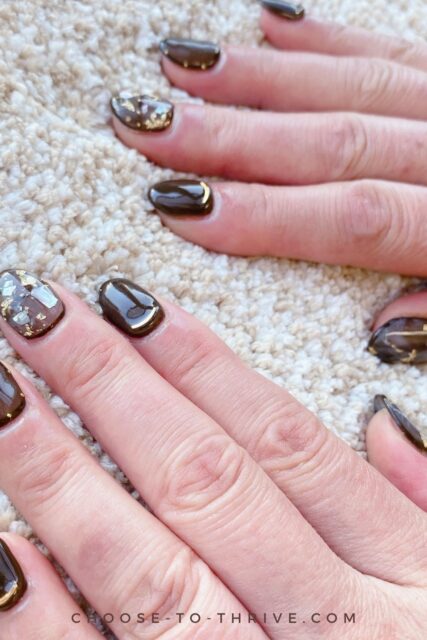
Similar to matching nail designs with the color theme of the wedding, you can choose to match nail art as per the ambience.
Examples of this would be if you have a beach wedding, you can choose earth shades. If your wedding has a lot of greenery or is amidst rich nature, you can opt for greenish shades for your nails.
You can keep things subtle with single or dual tone shades or opt for a base nail color along with intricate patterns or designs on them.
Final thoughts
Wedding nail ideas become simpler once you know the theme you want. Just choose the theme that speaks to you and opt for the actual nail art design accordingly.
